

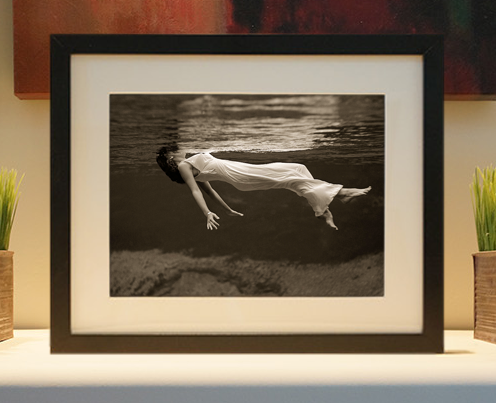
Framed or unframed, desk size to sofa size, printed by us in Arizona and Alabama since 2007. Explore now.
Shorpy is funded by you. Patreon contributors get an ad-free experience.
Learn more.

- The most dangerous fire escape I've ever seen
- Out of Place
- Sir Bedevere
- Witch way to the fire?
- Proud to be an old Coot
- That old scale
- Bowled Over
- Cat years?
- 'Why' Wyoming?
- His Master's Voice
- What! No dish under the skewer?
- Only in Hollywood?
- What's Up Doc?
- Destination?
- I'm pretty sure this was a voluntary program
- When I see chicken wire rabbit cages I think of three things
- The War Ears
- Eating the bunnies? Really?
- A love affair with a machine
- Hasenpfeffer
- Back support
- Hot type!
- Can you smell ... the news?
- Looking across the street and Flong
- Memories of my elderly hoarder neighbor
- Linotype in the Twilight Zone
- By Memory?
- Quiet place
- Line Of Type
- And no hearing protection
Printporium
Michiganada: 1908

June 1908. "Detroit, Michigan -- general view to the west along Jefferson Boulevard and Fort Street." Looking over the Detroit River into Windsor, Ontario -- one of the few places where Canada is our neighbor to the south. This composite of two 8x10 glass negatives constitutes one-sixth of a 12-exposure mega-panorama. Detroit Publishing Company. View full size.
Cut and paste?
Does anyone know the story about the tall, narrow white building in lower right? It's attached to a lower building with arched windows set in larger relieving arches that looks like it might have been a church. The relieving arch to the right is cut off, as if the older building had been shortened to build the white addition at the street.

Memories from a South Detroit kid
Also cleaned up nicely in Mr Alex's photo attachment is the brown four story building on the left edge of the picture, at Fort and Second. I worked a summer job in a makeshift factory on the fourth floor sixty years ago. It was well and truly a dump, but I learned a lot from an old toolmaker. Up and down on the rickety elevator was a dodgy daily double thrill ride. Like so much of downtown Detroit, it has been rescued and restored. In the 1908 photo, the location appears to have been occupied by a big Victorian townhouse.
Fort Street Presbyterian Church
... is still there -- and it's cleaned up nicely.

Tunneling underway
Work is underway by the Michigan Central Railroad to construct a tunnel under the Detroit River. Actually, it is "cut and cover" process as the riverbed is scooped out, so that precast tunnel sections can be lowered in place. The three barges anchored in the river are doing the dredging on a project that will be completed in 1910. On the land, buildings have been cleared to develop the approaches to the tunnel.
Just a city boy
Every Windsor resident knows the joke about South Detroit.
Fire and Ice
This building, now known as the Marquette - yes it's still there! - started with an emphasis on the former, but shifted focus to the latter within a few years.

By 1917 it had been converted to factory use.





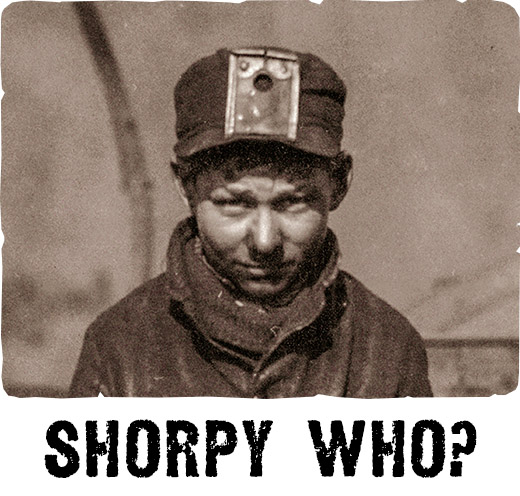
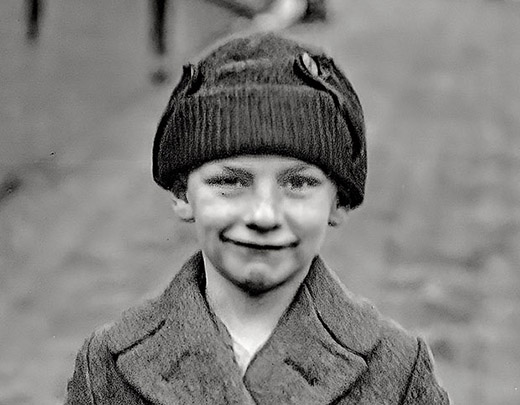
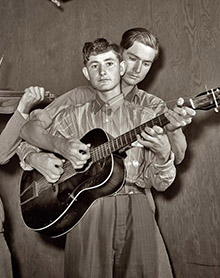
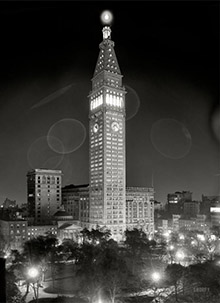
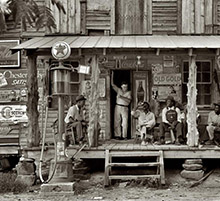
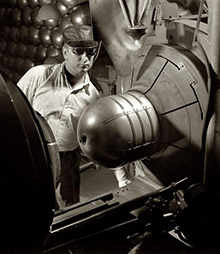
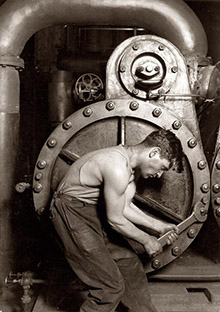
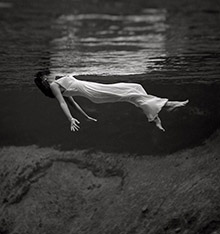
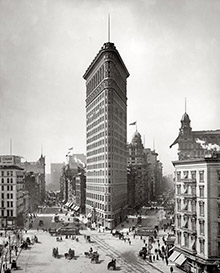

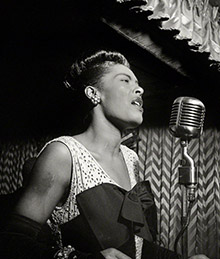
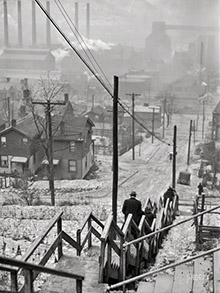
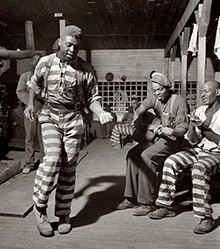

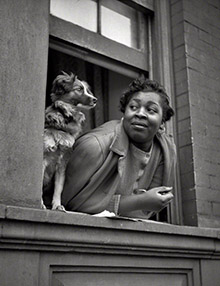
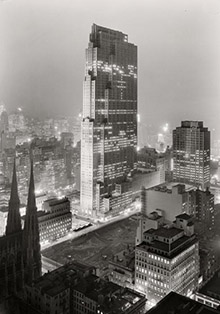

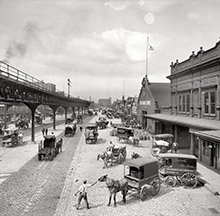
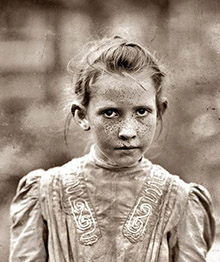
On Shorpy:
Today’s Top 5